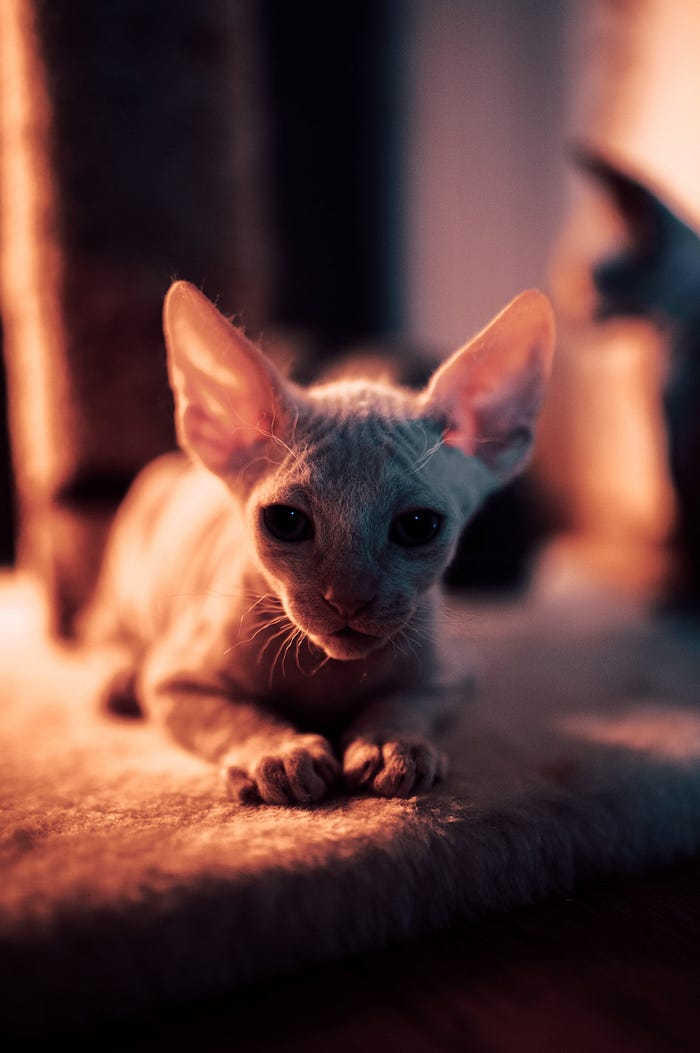PEEVISH HUMOR
Pet peeves are things that annoy us that we can't release into the wild, or let slip off of us as water off our pet duck's back. We gather them throughout our lives, so our kennel of pet peeves gets fuller and fuller and the older we get.
What is a peeve, anyway, that makes it such a good pet that we want to keep it around? Does it cuddle with us on the couch? Will it go for walks with us? Bring us our slippers, or scare off intruders? A pet peeve definitely runs on a wheel like a hamster, treading the same ground forever and getting nowhere. A pet peeve can be as annoying as a small, yappy dog, and as arrogant as a cat.
As with any pet, the care, feeding and keeping of all these pet peeves is time-consuming, exhausting, and can be expensive. Especially as our menagerie of pet peeves grows.
We groom them by taking them out, combing them, petting them until, like a cat, they get annoyed and turn on us. We flaunt them to others, and dress them in cute outfits to parade in the streets.
We have to stay alert so that none of them dig out from under the kennel and escape. We guard them and feed them, and lock them up at night.
Unlike our other pets that purr, snuggle, and generally make us feel good, pet peeves cause us to feel irritable, cranky, superior, impatient and even angry. When you pet a peeve it doesn't purr, it snarls.
How do you even pet a pet peeve, anyway? Do you rub its belly? Do you pet against the grain, or only one direction the way you would pet a cat? Do you heavy pet or just pet above the waist? So many questions.
What makes a particular peeve a pet? First you have to acquire the peeve.
They're sort of like snipes, invisible to most humans, but drawn to your specific wave-length, and that of others like you. When you find one, lure it to you, pick it up and commence petting.
For us writers, pet peeves are usually grammar related. Writers can and do get very testy in protection of our peeves, especially our pet ones, to whom we've pledged to guard with pen and sword.
We have to stay alert to challenge people over our pet peeves. That's where editors come in. We stalk your writing to spot our pet peeves, and swoop in on gallant wings, sometimes even fairy wings like Holly J See, and let you know that we see what you're doing with our pet peeves. And we want you to stop.
With all that care, keeping, and defending, it's probably true that there are far better pets to have than pet peeves. Or at the least easier pets.
On the other hand, if you use loose for lose, or use few when you mean less, we will find you, and we will defend those peeves.
To help you keep the pet peeve owner/editors away, you "loosen" your grip on the peeve, and you "lose" the peeve when it goes missing. There are "fewer" pains and "less" pain. There are "fewer" peeves, and one "less" peeve. Few is used with plural and less is used with singular. Don't make me have to tell you again, or I'll release my pet peeve hell hound. She'll chase you down and make you change it. You can argue with an editor, but you can't argue with my pet peeve hell hound. She'll just eat you.
Thank you Gary Chapin, fellow Mudditor, for the pet peeve prompt.


